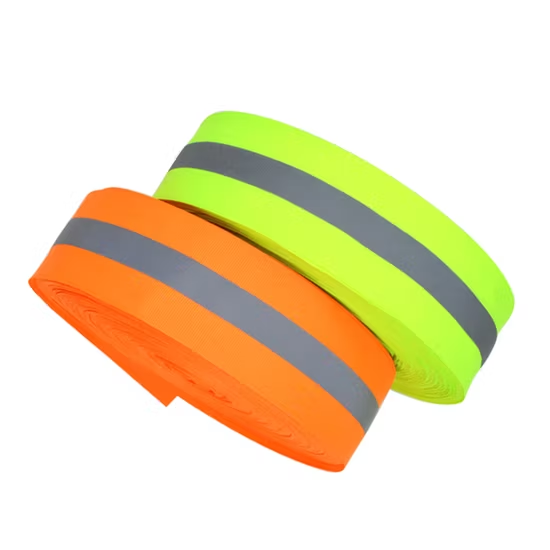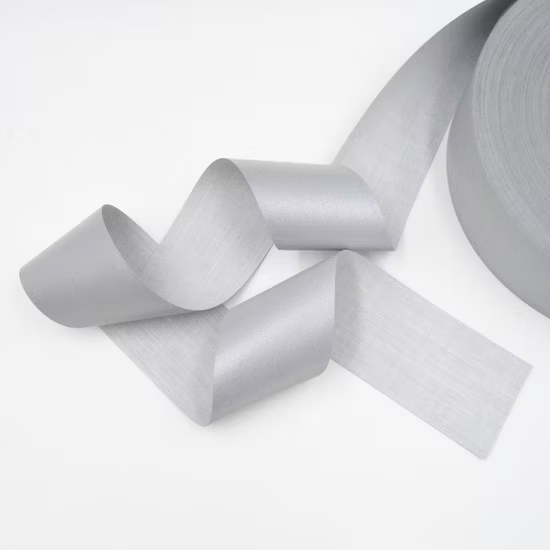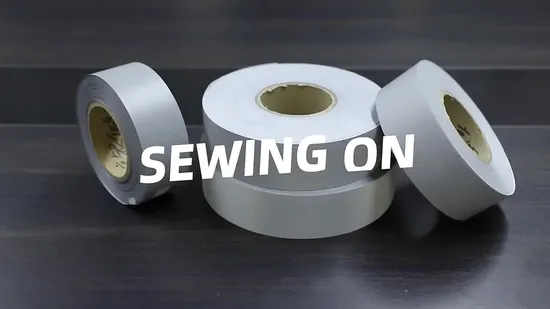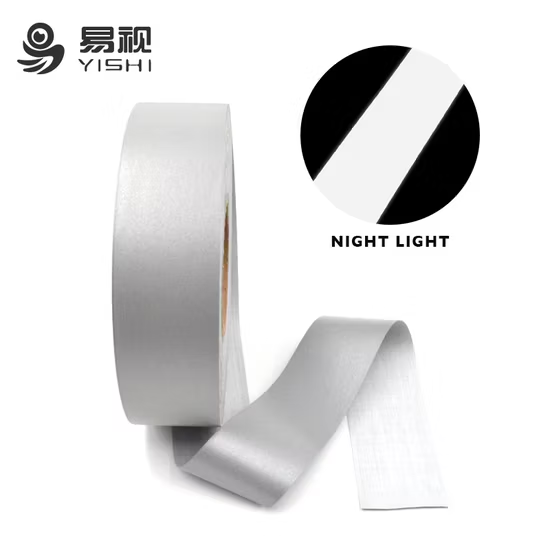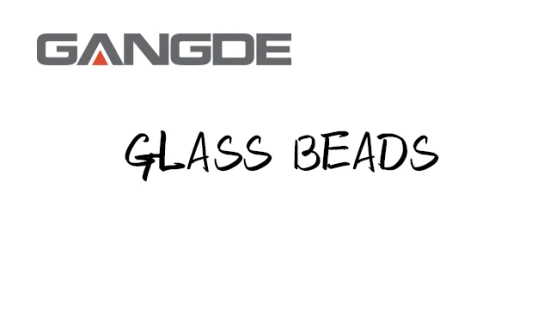
BS6088 Class B Standard Glass Beads for Road Marking From China Factory
Description
Basic Info
| Model NO. | BS6088 B |
| Standard | BS6088 |
| Type | Class B |
| Transport Package | 25kg/Bag, 40bags/Pallet |
| Specification | <1mm |
| Trademark | G |
| Origin | China |
| HS Code | 70182000 |
| Production Capacity | 30000ton/Year |
Product Description

Road marking glass beads are mainly used in normal temperature and hot melt road marking paints. They can be classified into Drop-on and Intermix.Drop-on glass beads will be evenly spread on the surface of the hot-melt paint at a certain ratio through the spray gun of the marking machine at the same time as the marking line construction.Road marking glass beads are mainly used in normal temperature and hot melt road marking paints.We produce different standard drop on glass beads for road marking according to customer requirements.
Intermix glass beads are particles that are mixed in during the production of hot-melt coatings. Intermix glass beads are also called premixed beads.
The intermixed glass beads produce a constant reflectance throughout the life cycle of the marking line. The road marking material wears away with the passage of time. The glass beads for road marking mixed in the material leak on the surface, thereby maintaining a high inverse setting coefficient
In the road paint production process, the drop on glass beads is dropped or sprayed into the wet paint directly according to the weight ratio of 18-25% (refer to the Chinese transportation industry standard JT/T280-2004, different national and regional have different standards).
We produce different standard drop on glass beads for road marking according to customer requirements, what we know the standard is BS6088A/B, EN1424/1423, AASHTO-m247, and so on.
Product Parameters
The glass bead used for road marking is a kind of fine glass beads which is made of glass sand after high temperature melting through flame floating process. Microscopically, they are colorless, transparent spheres with diameters ranging from 90 microns to 1,400 microns. Now, glass beads have become an irreplaceable reflective material in road safety products
| The specific gravity : | 2.4-2.6g/cm3 |
| Refractive index: | ≥ 1.50 |
| Roundness: | ≥80% |
| Magnetic particle content: | ≤0.1% |
| The overall appearance of the glass beads is required to be colorless.Loose spherical particles, clean and free of impurities,Not contain an Agglomerate. | |
MSDS
COMPOSITION / INFORMATION ON INGREDIENTS
Substances by Weight (%): Glass 100.0Silicon Dioxide SiO2 71~75%Sodium Oxide Na2O 7~10%Calcium Oxide CaO 6~8%Magnesium Oxide MgO 3.5~4.5% Potassium Oxide K2O 5.8~6.8%Aluminum Oxide Al O 2~3%Ferric Oxide Fe2O3 0.1~0.3%Other Oxide 0.5-1.5% CAS# 65997-17-3WT. % >99%HAZARDS IDENTIFICATION
As shipped, this product does not pose any health hazard because it does not contain ingredients which are known to cause immediate or serious effects.1 FIRST AID MEASURES (SYMPTOMS)
Skin contact: There may be mild irritation at the site of contact.Eye contact: There may be irritation and redness.Ingestion: No Symptoms.Inhalation: Exposure may cause coughing or wheezing.2 FIRST AID MEASURES (ACTIONS)
Skin contact: Wash immediately with plenty of soap and water.Eye Contact: Bathe the eye with running water for at least 15 minutes.Also rinse under the eyelids. If irritation persists,consult a specialist.Ingestion: Wash out mouth with water.Inhalation: Remove to fresh air.FIRE FIGHTING MEAURES
Extinguishing Media: Non-Flammable substance, not applicable. Suitable extinguishing media for the surrounding fire should be used.Protection of fire-fighters: Wear self-contained breathing apparatus. Wear protective clothing to prevent contact with skin and eyes.ACCIDENTAL RELEASE MEASURES
Personal Precautions: Refer to section 8 below for personal protection details.Clean-Up Procedure: Transfer to a suitable container. Material can create slippery conditions underfoot. Avoid creating dust.
HANDLING AND STORAGE
Handling Requirements: Ensure there is sufficient ventilation of the area. Avoiddirectcontact with the substance. Avoid the formation or spread ofdust in the air.Storage Conditions: Store in cool, well ventilated area. Keep bottles tightly closed.EXPOSURE CONTROLS / PERSONAL PROTECTION
Engineering Methods: Ensure there is exhaust ventilation of the area. Respiratory Protection: Respiratory protective device with particle filter. Hand protection: Protective gloves.Eye Protection: Safety glasses. Ensure eye bath is to hand.Skin Protection: Protective clothing.PHYSICALAND CHEMICAL PROPERTIES State: Solid Sphere
Colour: ColorlessOdour: Odourless.Melting Point/Range°C: Approximately 850°CRelative Density: 2.4~2.7 g/cm3 (20°C)STABILITY AND REACTIVITY
The product is stable and non-reactive under normal conditions. This product will react with hydrofluoric, fluorosilicic, and phosphoric acids to produce corrosive gases. Hot, strong alkaline solutions will react with this product also.TOXICOLOGICAL INFORMATION
As with any abrasive material, this product is irritating to skin and eyes. May be irritating to respiratory tract. Ingestion (acute/chronic) may be irritating to the digestive tract. Irritation is described as reversible inflammation. The potential hazard of solid particles depends on particle size and concentration per cubic metre of air.Particle size: Inhalable (< 100 μm) - when deposited anywhere in the respiratory tract Thoracic (< 25 μm) - when deposited anywhere within the lung airways and the gas-exchange region Respirable (< 10 μm) - when deposited in the gas-exchange regionThe following Threshold Limit Values (TLV's) refer to airborne concentrations of constituents in this product (and their effects asdescribed by the ACGIH):OSHA PEL - Permissible Exposure Limit (mg/m3)ACGIH TWA - Time Weighted Average (mg/m3)STEL/C - Short-term Exposure Limit / Ceiling (mg/m3)ECOLOGICAL INFORMATION
Mobility: No data available.Persistence and degradability: No data available.Bioaccumulative Potential: No data available.
DISPOSAL CONSIDERATIONS
Disposal Operations: Contact waste disposal services.Disposal of Packaging: Contact waste disposal services.NB: The users attention is drawn to the possible existence of regional or national regulations regarding disposal.Pickup and reuse clean materials, avoiding dusting situations. Dispose of waste materials only in accordance with applicable federal, state, and local laws and regulations. This product is not hazardous as a waste. Check with l ocal landfills before disposing in trash. Dispose of in closed containers to avoid dusting.TRANSPORTATION INFORMATION DOT Hazard Classification: None Placard Required: None
Label Required: use original label including all warnings. When disposing of this material in its pureform use a DOT "Non-Hazardous Waste" label.This material is classified as "non-hazardous" according to U .S. and international shipping regulation.REGULATORY INFORMATION
Hazard Symbols: Not an extremely hazardous substance under §302 not a toxic chemical under §313.Note: The regulatory information given above only indicates the principal regulations specifically applicable to the productdescribed in the safety data sheet. The user's attention is drawn to the possible existence of additional provisions which complete these regulations. Refer to all applicable national, international and local regulations or provisions.OTHER INFORMATION
Complies with Directives (2001/58/EC), (1999/45/EC), (91/155/EEC), (67/548/EEC) as amended and Chemicals (hazard information and packaging for supply) 2002 (CHIP3)Regulation, EH40.Legal Disclaimer: The information contained in this safety Data Sheet is correct to the best of our knowledge, information and belief at the date of its publication.The information given is designed only as guidance for safe handling, use, processing, storage, transportation, disposal and release and it is not to be considered a warranty or quality specification.The information relates only to the specific materialdesignated and may not be valid for such material used in combination with any other materials or in any process unless specified in the text.
Packaging & Shipping
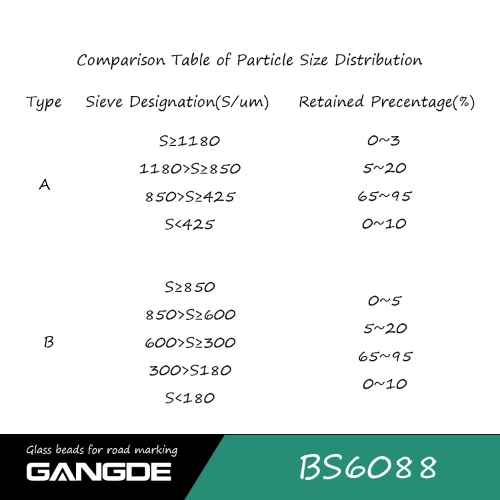
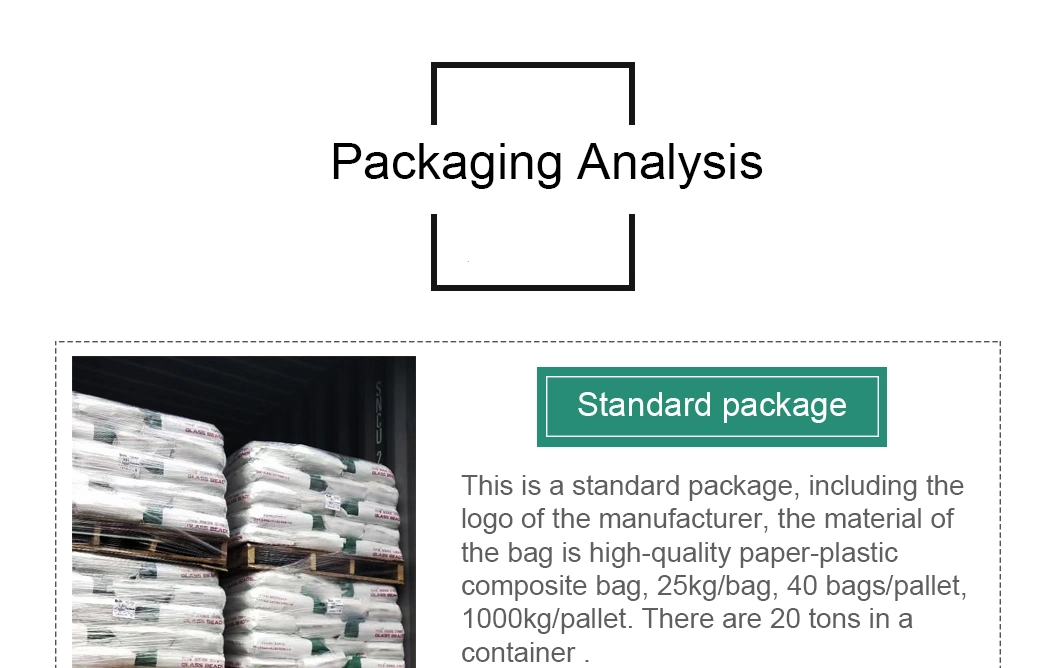
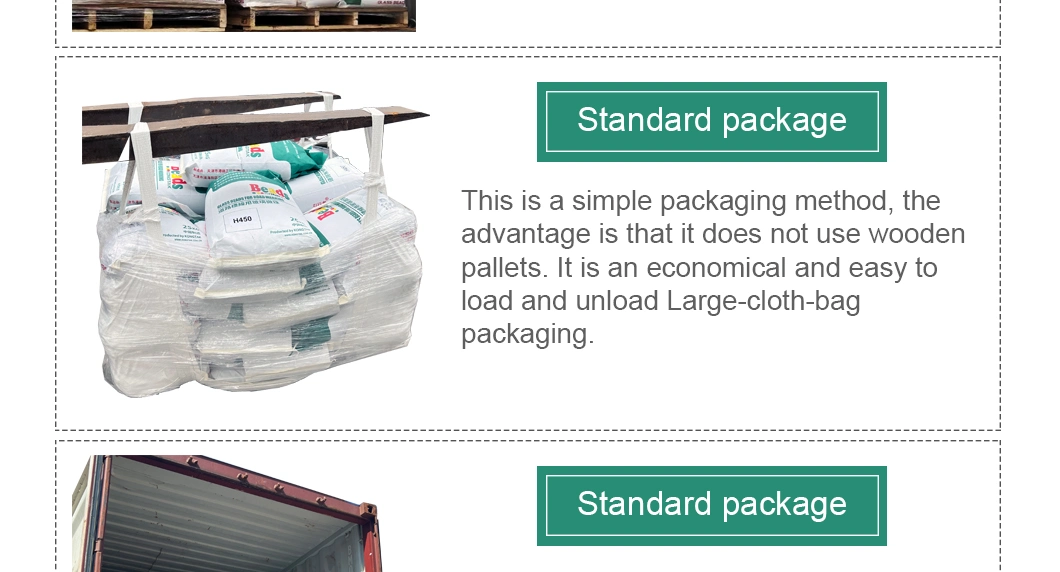
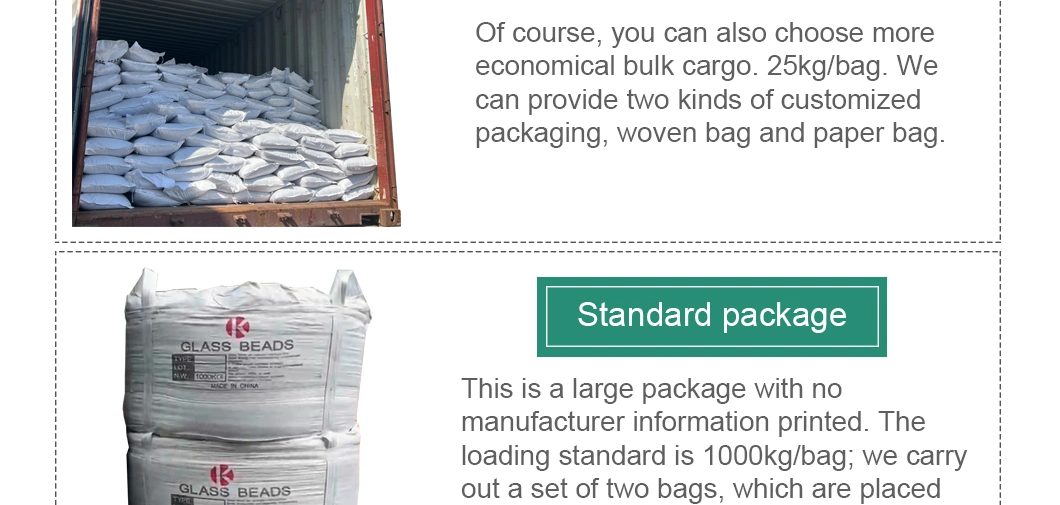
Company Profile
Gangde is a group company, including construction, manufacturing, import and export business. Our products cover glass beads, tire manufacturing, building materials, plastic products, chemicals, logistics, international trade, etc.Gangde produce blasting and reflective glass beads since 2002,having got KS,CE,ISO and other certifications,dedicating to be the best high technology glass beads manufacturer in China.To be your reliable cooperator,Putting quality in the first place for all customer is our duty.
We focus on standard of road marking and industrial size glass beads:GB/T24722,KSL2521,BS6088,AASHTO-M247,EN1423,JIS R3301,AS2006... etc.
FAQ
How to Use Gangde Glass Beads for road marking
Reflective glass beads can be classified into Drop-on and Intermix.Drop-on glass beads will be evenly spread on the surface of the hot-melt paint at a certain ratio through the spray gun of the marking machine at the same time as the marking line construction.Road marking glass beads are mainly used in normal temperature and hot melt road marking paints.We produce different standard drop on glass beads for road marking according to customer requirements.
Intermix glass beads are particles that are mixed in during the production of hot-melt coatings. Intermix glass beads are also called premixed beads.
The intermixed glass beads produce a constant reflectance throughout the life cycle of the marking line. The road marking material wears away with the passage of time. The glass beads for road marking mixed in the material leak on the surface, thereby maintaining a high inverse setting coefficient
In the road paint production process, the drop on glass beads is dropped or sprayed into the wet paint directly according to the weight ratio of 18-25% (refer to the Chinese transportation industry standard JT/T280-2004, different national and regional have different standards).
The effect of defective rate on retroreflection coefficient?The defective rate is in accordance with the European standards, and refers to non-shaped, out-of-round, deformed, severe air bubbles, etc., which are called defective products. The defect rate of the product affects the light reflection efficiency. The lower the defect rate, the higher the light reflection efficiency. On the contrary, scattering phenomenon will occur, resulting in lower reflection efficiency. The retroreflection coefficient is the numerical expression of the reflection efficiency through the retroreflection tester;The effect of particle size distribution on reticle?The particle size distribution of the product should follow a scientific ratio and strictly abide by government standards. It has an excellent settling rate during use, and can show an excellent inverse value. At the same time, because the particles are uniform and the settling rate is stable, it can prolong the retroreflection life of the marking. What is the difference between retroreflection coefficient and refractive index?Many users often ask about the refractive index of glass beads; the refractive index is a characteristic of the material of the glass itself. Generally, the refractive index is divided into low refractive index, medium refractive index and high refractive index. The glass we usually use for marking lines The beads belong to the low refractive index category. The refractive index is greater than or equal to 1.50 (some poor manufacturers choose inferior glass raw materials with a refractive index lower than 1.50); under the same conditions, the higher the refractive index, the higher the retroreflection coefficient.Why is the retroreflection coefficient of the marking line unqualified?The retroreflection coefficient is affected by many factors; thickness ,whiteness of the marking line and spreading amount, roundness, light transmittance, particle size distribution, and refractive index of glass beads. Indicators such as these will affect the final retroreflection coefficient of the marking line. For example, Party A requires the retroreflection coefficient to be greater than 250, but the user chooses cheap products, and the phenomenon that the retroreflection coefficient cannot meet the standard is bound to occur.How much retroreflection factor can your high-brightness glass beads achieve?First of all, as mentioned in the previous introduction, the retroreflection coefficient of the marking line is affected by many factors. GANGDE H series high-brightness glass beads are not high-brightness glass beads that simply improve the roundness as claimed by some manufacturers. We purify the glass and the glass beads itself through optical principles, and add a high-brightness factor to improve the light reflection efficiency to achieve higher brightness of high-quality glass beads. When using our H-series high-brightness glass beads under other excellent conditions, the retroreflection coefficient can exceed 450 when the spreading amount is 400 g/square meter; some experienced users can easily exceed 500;
Prev: Fluorescent Glass Beads Jinhui Beads for DIY
Next: 20mm Reflective Polyester Jacquard Tubular Webbing for Garments
Our Contact


